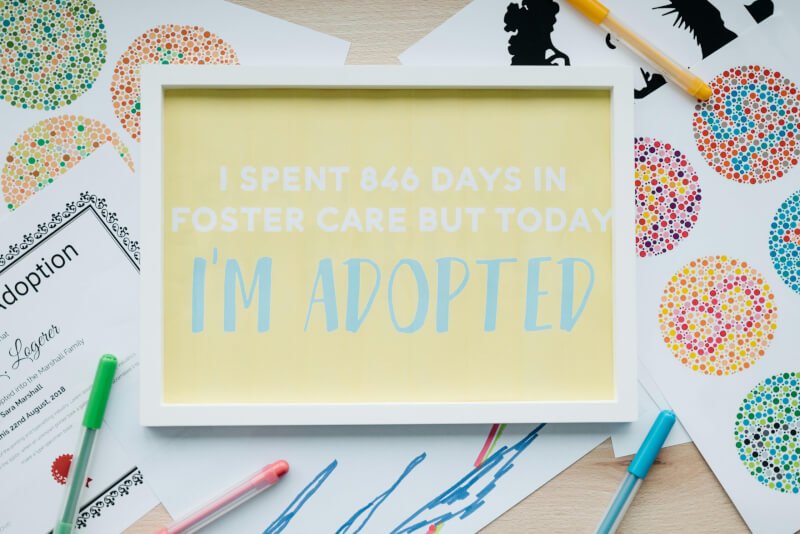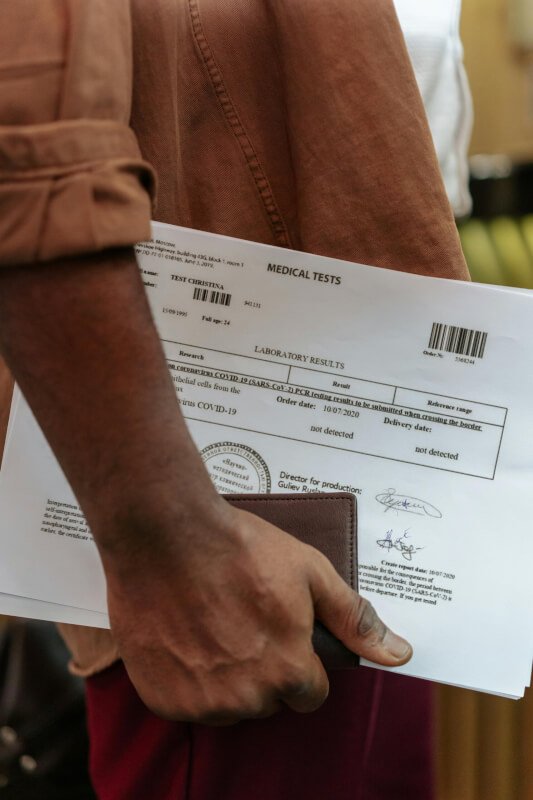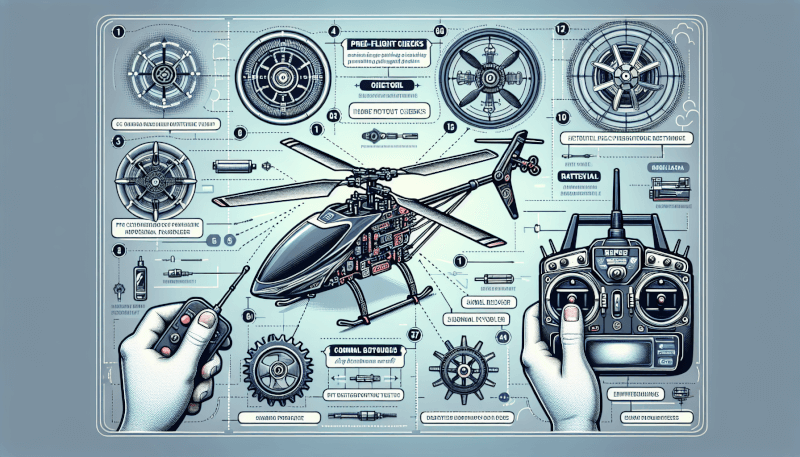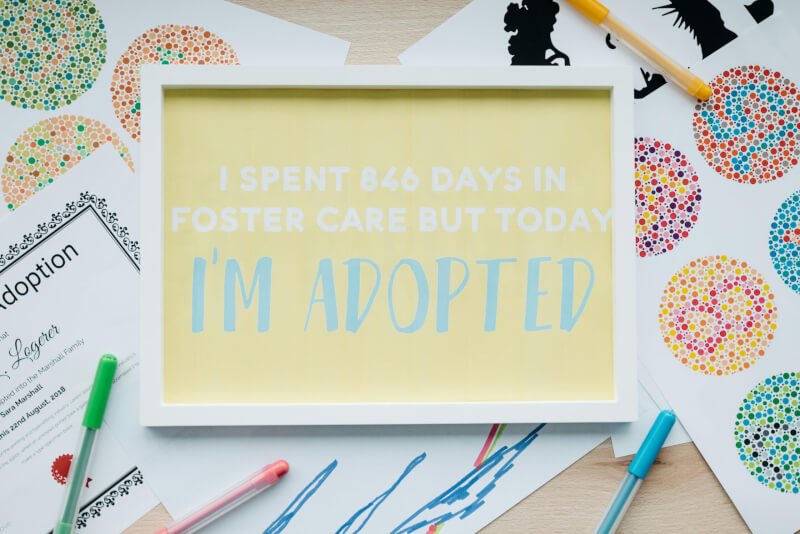Have you ever wanted to take your RC helicopter for a spin, only to have it crash or malfunction? Don’t worry, because in this article, you will learn the essential steps to properly test and verify your RC heli’s flight readiness. By following these guidelines, you can ensure that your helicopter is in top shape and ready to take to the skies with confidence. From checking the battery and control surfaces to inspecting the frame and electronics, this comprehensive guide will help you avoid any nasty surprises and maximize your enjoyment of flying your RC heli.
Pre-flight Check
Before every flight, it is crucial to perform a pre-flight check to ensure the safety and readiness of your RC helicopter. This check consists of several important inspections and verifications to ensure that your aircraft is in optimal condition.
Physical Inspection
Start by visually inspecting your RC helicopter, checking for any signs of damage or wear. Look for cracks or dents in the frame, loose or broken parts, and any missing screws or bolts. Ensure that the landing gear is secure and in good condition.
Inspect the main rotor blades for any signs of damage or warping. Check the tail rotor as well, ensuring it is securely attached and undamaged. Ensure that the main and tail rotor shafts are straight and not bent.
Additionally, inspect the canopy for cracks or damage. The canopy helps protect the electronics and adds a touch of style to your RC helicopter.
Battery Check
Next, check the battery to ensure it is in good condition and fully charged. Inspect the battery for any swelling or damage, as this can be a sign of a faulty or aging battery. Ensure that the battery connectors are clean and securely connected.
It is essential to use the correct type and voltage of battery recommended by the manufacturer. Using the wrong type or voltage can lead to poor performance or even damage to your RC helicopter.
Transmitter Check
The transmitter is the device you use to control your RC helicopter. Before each flight, check the transmitter for proper operation. Ensure that the batteries are fully charged and that the controls and switches are functioning correctly. Verify that the transmitter and receiver are correctly bound and that the radio signal is strong and interference-free.
Calibration
Proper calibration is essential for accurate and precise control of your RC helicopter. This step ensures that the onboard sensors and electronic components are properly calibrated and aligned.
Gyro Calibration
The gyro is responsible for stabilizing your RC helicopter and keeping it level during flight. Start by turning on your RC helicopter and allowing the gyro to initialize. Once initialized, hold the helicopter level and still for a few seconds to allow the gyro to calibrate itself.
Accelerometer Calibration
The accelerometer measures the acceleration and tilt of your RC helicopter. To calibrate it, place the helicopter on a level surface and power it on. Allow the accelerometer to initialize, ensuring that the helicopter remains still and level during this process.
Servo Calibration
Servos control the movement of various components on your RC helicopter, such as the swashplate and tail rotor. To calibrate the servos, ensure that they are properly connected and powered on. Use the transmitter’s trim controls to center each servo, ensuring that the related control surface is perfectly centered.

Radio Setup
The radio setup is crucial for establishing a strong and reliable connection between your transmitter and the RC helicopter’s receiver. This step ensures that the radio signals are transmitted and received accurately.
Range Check
Performing a range check is essential to ensure that the radio signal has sufficient range and is not affected by interference. Find an open area away from any potential sources of interference, such as metal structures or power lines. Walk a significant distance away from your RC helicopter while continuously testing the control response. Ensure that the control inputs are accurately reflected in the helicopter’s movements.
Fail-Safe Setup
Setting up a fail-safe is important to ensure that your RC helicopter enters a safe mode in case of signal loss or interference. Consult your transmitter’s manual to set up the fail-safe mode, which typically involves configuring the receiver to enter a predetermined safe flight mode, such as landing or hovering, when the signal is lost.
Dual Rates and Exponential
For more advanced pilots, dual rates and exponential settings provide the ability to adjust the sensitivity and responsiveness of the controls. Dual rates allow you to switch between different control sensitivity levels based on your skill level or flight conditions. Exponential settings enable a customized control response curve, allowing you to fine-tune the helicopter’s handling to your preference.
Flight Modes
Most RC helicopters offer multiple flight modes, each with its own characteristics and limitations. Understanding these flight modes will enhance your flying experience and allow you to tailor the helicopter’s behavior to your needs.
Stabilized Mode
Stabilized mode, also known as beginner or training mode, is designed to assist novice pilots by providing automatic stabilization and limiting the helicopter’s maneuverability. In this mode, the helicopter will automatically level itself if you release the controls, making it easier to learn the basics of flight.
Normal Mode
Normal mode is a balanced flight mode, providing a good balance between stability and maneuverability. In this mode, the helicopter responds directly to your control inputs, allowing for more precise flying and advanced maneuvers.
Acrobatic Mode
Acrobatic mode, also known as 3D mode or sport mode, is designed for experienced pilots who enjoy performing advanced aerobatic maneuvers. In this mode, the helicopter’s flight characteristics are optimized for aggressive flying, allowing for extreme maneuvers such as flips, rolls, and inverted flight.

Control Surface Functionality
Control surfaces, including ailerons, elevator, and rudder, play a crucial role in controlling the RC helicopter’s movement and stability. Understanding their functionality and ensuring they are properly calibrated and aligned is essential for safe and precise flight.
Aileron Control
Ailerons control the roll movement of the RC helicopter. When the aileron control is moved, one aileron moves up while the other moves down, causing the helicopter to tilt and roll. Verify that the aileron control surfaces are moving freely and evenly in response to your control inputs.
Elevator Control
The elevator control is responsible for controlling the pitch of the RC helicopter. When the elevator control is moved, the pitch of the helicopter’s main rotor blades changes, causing it to climb or descend. Ensure that the elevator control surfaces are moving smoothly and symmetrically.
Rudder Control
The rudder control is used to control the yaw movement of the RC helicopter. When the rudder control is moved, the tail rotor’s pitch changes, causing the helicopter to rotate around its vertical axis. Verify that the rudder control surface is moving smoothly and accurately in response to your inputs.
Motor and ESC Testing
The motor and electronic speed controller (ESC) are critical components that determine the power and responsiveness of your RC helicopter. Testing and ensuring their performance and calibration is essential for safe and efficient flight.
Motor Performance
Start by testing the motor’s performance by gradually increasing the throttle and observing the spool-up speed and smoothness. The motor should accelerate smoothly without any hesitation or stuttering. If there are any issues with the motor’s performance, troubleshoot and address them before flight.
ESC Programming and Calibration
The ESC controls the power and throttle response of the motor. It is important to calibrate and program the ESC to match the motor and your flying style. Follow the manufacturer’s instructions for ESC calibration, ensuring that the throttle range is properly set and that the motor responds accurately and predictably to your throttle inputs.

BEC and Power System
The battery elimination circuit (BEC) and power system play a crucial role in delivering reliable and consistent power to your RC helicopter’s electronics. Ensuring their proper functionality is essential for a safe and uninterrupted flight.
Battery Elimination Circuit (BEC)
The BEC is responsible for converting and regulating the main battery’s voltage to provide power to the receiver and servos. It is important to verify that the BEC is functioning correctly, providing sufficient power to all the necessary components. Check the voltage output and ensure that it matches the requirements of your RC helicopter’s electronics.
Power System Inspection
Inspect the entire power system, including the wiring, connectors, and battery connections, to ensure everything is secure and in good condition. Check for any signs of wear or damage, such as frayed wires or loose connections. Address any issues found to prevent potential power interruption during flight.
Receiver and Servos
The receiver and servos work together to interpret your control inputs and convert them into mechanical movements. Verifying their proper operation and range is crucial for safe and accurate control of your RC helicopter.
Receiver Range Test
Perform a receiver range test to ensure that the RC helicopter’s receiver can effectively receive and interpret the control signals from the transmitter. Stand a significant distance away from the RC helicopter while continuously testing the control response. Ensure that the controls respond accurately and without any delay or loss of signal.
Servo Operation and Centering
Check each servo’s operation by moving the helicopter’s controls and observing the corresponding servo movement. Ensure that the servos are responsive and move smoothly without any binding or jerking. Additionally, verify that each servo centers itself correctly when the control input is released, as this is essential for maintaining stability and control during flight.

Blade Tracking
Blade tracking refers to ensuring that the main rotor blades and tail rotor blades are in perfect alignment and rotate at the same level. Proper blade tracking is crucial for minimizing vibrations and maintaining balanced flight characteristics.
Blade Balancing
Start by checking the balance of each rotor blade. Imbalanced blades can cause vibrations and affect the helicopter’s stability and performance. Balance the blades by adding small amounts of tape or adhesive to the lighter side of the blade until it becomes perfectly balanced.
Blade Tracking Adjustment
Adjusting the blade tracking involves ensuring that both the main rotor blades and tail rotor blades rotate at the same level while the helicopter is in hover. Observe the rotor blades while the helicopter is hovering, paying attention to any differences in height or alignment. Make necessary adjustments to the blade links or tracking rods to achieve perfect blade tracking.
Flight Simulation
Using an RC flight simulator is an excellent tool for practice and training, especially for beginners. Flight simulation allows you to familiarize yourself with the controls, practice various maneuvers, and develop muscle memory without the risk of crashing or damaging your RC helicopter.
Using RC Flight Simulator
To use an RC flight simulator, connect your transmitter to your computer or gaming console as per the simulator’s instructions. Launch the simulator software and select your preferred helicopter model. Follow the provided tutorials to learn the basics of flying, gradually progressing to more advanced maneuvers and scenarios.
Practice and Training
Regular practice and training are key to improving your flying skills and mastering various flight techniques. Use the flight simulator to practice hovering, flying patterns, and aerobatic maneuvers. Gradually increase the difficulty level and take on new challenges to continuously improve your skills and confidence.
By following these steps and performing a comprehensive pre-flight check, you can ensure that your RC helicopter is ready for safe and enjoyable flights. Regular maintenance, calibration, and testing are essential for optimal performance and extended longevity of your aircraft. Remember to always prioritize safety and take the time to familiarize yourself with the specific requirements and recommendations provided by your RC helicopter’s manufacturer. Happy flying!



